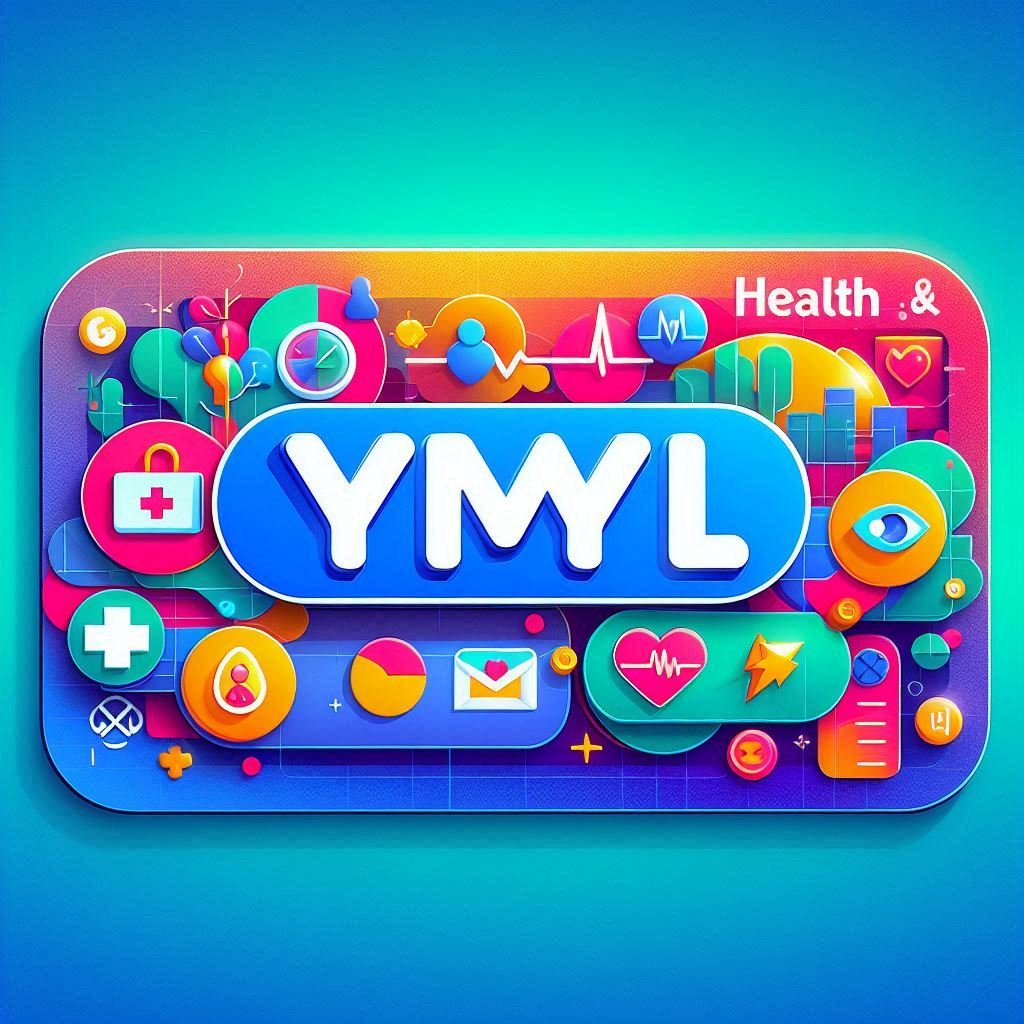Table of Contents
On-Page SEO is a fundamental aspect of optimizing your website to improve its visibility and ranking on Google. By focusing on various on-page elements, you can enhance your site’s relevance, user experience, and overall performance in search engine results. Here’s an in-depth guide on how to do On-Page SEO and a comprehensive checklist to ensure you’re covering all the essential techniques.
What is On-Page SEO?

On-Page SEO refers to the optimization of individual web pages to rank higher and earn more relevant traffic in search engines. It involves optimizing both the content and the HTML source code of a page. Unlike Off-Page SEO, which involves external factors like backlinks, On-Page SEO focuses on factors you can control directly on your website.
Key On-Page SEO Techniques
- Keyword Research and Optimization:
- Identify relevant keywords for each page. Use tools like Google Keyword Planner, Ahrefs, or SEMrush.
- Incorporate primary and secondary keywords naturally throughout the content, including titles, headings, and meta descriptions.
- Avoid keyword stuffing. Aim for a natural flow that enhances readability.
- Title Tags:
- Craft compelling and concise title tags that include primary keywords.
- Keep the title length within 50-60 characters to avoid truncation in search results.
- Ensure each page has a unique title tag that accurately reflects its content.
- Meta Descriptions:
- Write engaging meta descriptions that summarize the content and include primary keywords.
- Keep the meta description length within 150-160 characters.
- Make each meta description unique and compelling to encourage click-throughs.
- Header Tags (H1, H2, H3):
- Use header tags to structure your content logically.
- Include primary keywords in the H1 tag and secondary keywords in H2 and H3 tags.
- Ensure the content under each header is relevant to the heading.
- URL Structure:
- Create clean, descriptive URLs that include primary keywords.
- Avoid using long or complex URLs with unnecessary parameters.
- Use hyphens to separate words for better readability.
- Content Quality:
- Focus on creating high-quality, informative, and engaging content.
- Aim to provide value to your audience by addressing their needs and questions.
- Keep the content well-organized, easy to read, and free of grammatical errors.
- Internal Linking:
- Use internal links to connect related content within your website.
- Ensure each page has links to other relevant pages to improve navigation and user experience.
- Use descriptive anchor text that includes relevant keywords.
- Image Optimization:
- Use high-quality images that enhance the content.
- Optimize images for fast loading by compressing file sizes.
- Use descriptive file names and alt text that include relevant keywords.
- Mobile-Friendliness:
- Ensure your website is responsive and mobile-friendly.
- Use a mobile-first design approach to cater to the increasing number of mobile users.
- Test your site on various devices to ensure a seamless experience.
-
Page Speed:
- Optimize your site for fast loading times.
- Use tools like Google PageSpeed Insights to identify and fix issues that may slow down your site.
- Minimize the use of large files, reduce server response times, and leverage browser caching.
On-Page SEO Checklist

Here’s a comprehensive On-Page SEO checklist to ensure you’re covering all the essential techniques:
- Keyword Research:
- Identify primary and secondary keywords.
- Analyze keyword competition and search volume.
- Title Tags:
- Include primary keywords.
- Keep titles within 50-60 characters.
- Make titles unique and descriptive.
- Meta Descriptions:
- Summarize the content and include primary keywords.
- Keep meta descriptions within 150-160 characters.
- Ensure each meta description is unique and engaging.
- Header Tags:
- Use H1, H2, H3 tags to structure content.
- Include primary and secondary keywords in headers.
- Ensure content is relevant to the headings.
- URL Structure:
- Create clean, descriptive URLs.
- Include primary keywords in URLs.
- Use hyphens to separate words.
- Content Quality:
- Provide high-quality, valuable content.
- Organize content logically and ensure readability.
- Avoid grammatical errors and keyword stuffing.
- Internal Linking:
- Connect related content with internal links.
- Use descriptive anchor text with relevant keywords.
- Image Optimization:
- Use high-quality, optimized images.
- Compress image file sizes for faster loading.
- Include descriptive file names and alt text.
- Mobile-Friendliness:
- Ensure a responsive and mobile-friendly design.
- Test the site on various devices.
-
Page Speed:
- Optimize for fast loading times.
- Use tools like Google PageSpeed Insights to identify issues.
- Minimize large files, reduce server response times, and use browser caching.
What to Avoid for Beginners
Don’t:
- Avoid keyword stuffing, which can lead to penalties and poor user experience.
- Don’t neglect mobile optimization, as a significant portion of traffic comes from mobile devices.
- Avoid using long or complex URLs with unnecessary parameters.
- Don’t overlook the importance of high-quality content that provides value to users.
By following these On-Page SEO techniques and checklist, you can effectively optimize your website for better rankings on Google. Remember, SEO is an ongoing process, and regularly updating and refining your strategies is key to maintaining and improving your search engine rankings.
If you have any more questions or need further assistance, feel free to reach out! Happy optimizing!
Conclusion on On-Page SEO
On-Page SEO is essential for improving your website’s visibility and ranking on Google. By focusing on optimizing individual elements of your web pages, you can enhance user experience, ensure content relevance, and meet search engine requirements.





Leave a Reply